A Town & Country Tribute to Gloria Vanderbilt, Survivor, Chameleon, and Social Icon
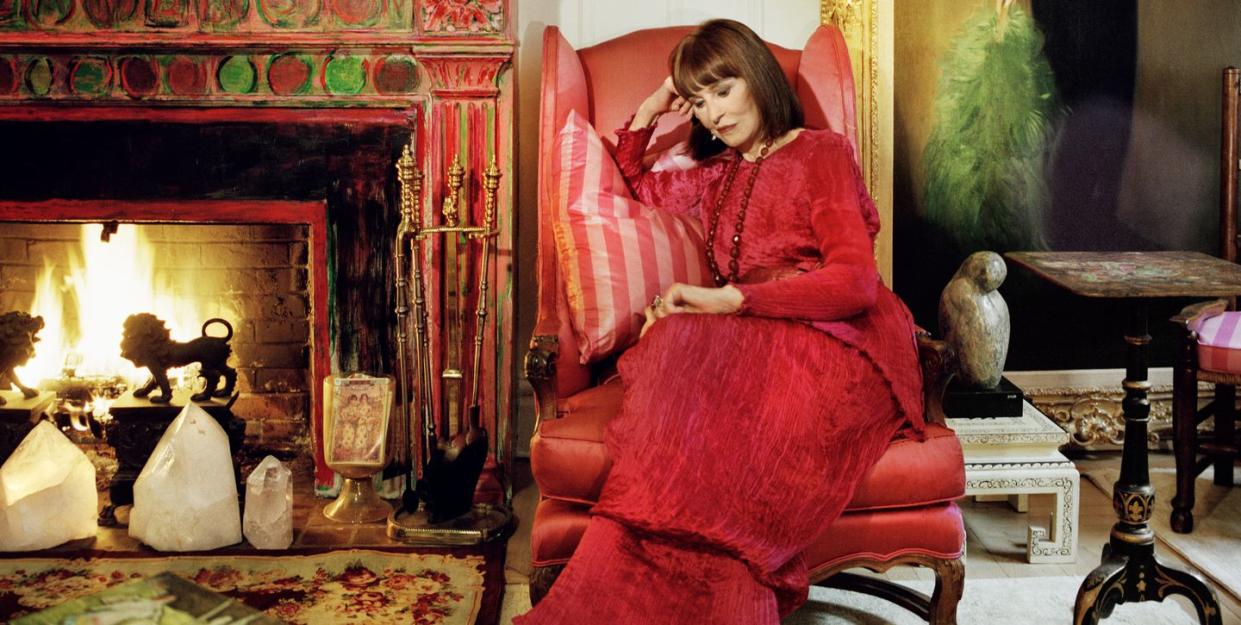
Yesterday in a CNN broadcast, Anderson Cooper announced that his mother, the famous Gloria Vanderbilt, had passed away at age 95. The style icon, heiress, author, actress, and artist had a long history with Town & Country-the entire Vanderbilt clan were frequent subjects in the magazine from the beginning of the 20th century. Gloria, a great-great-granddaughter of Cornelius "The Commodore" Vanderbilt, made her T&C debut in the 1920s as a child (she was born in 1924).
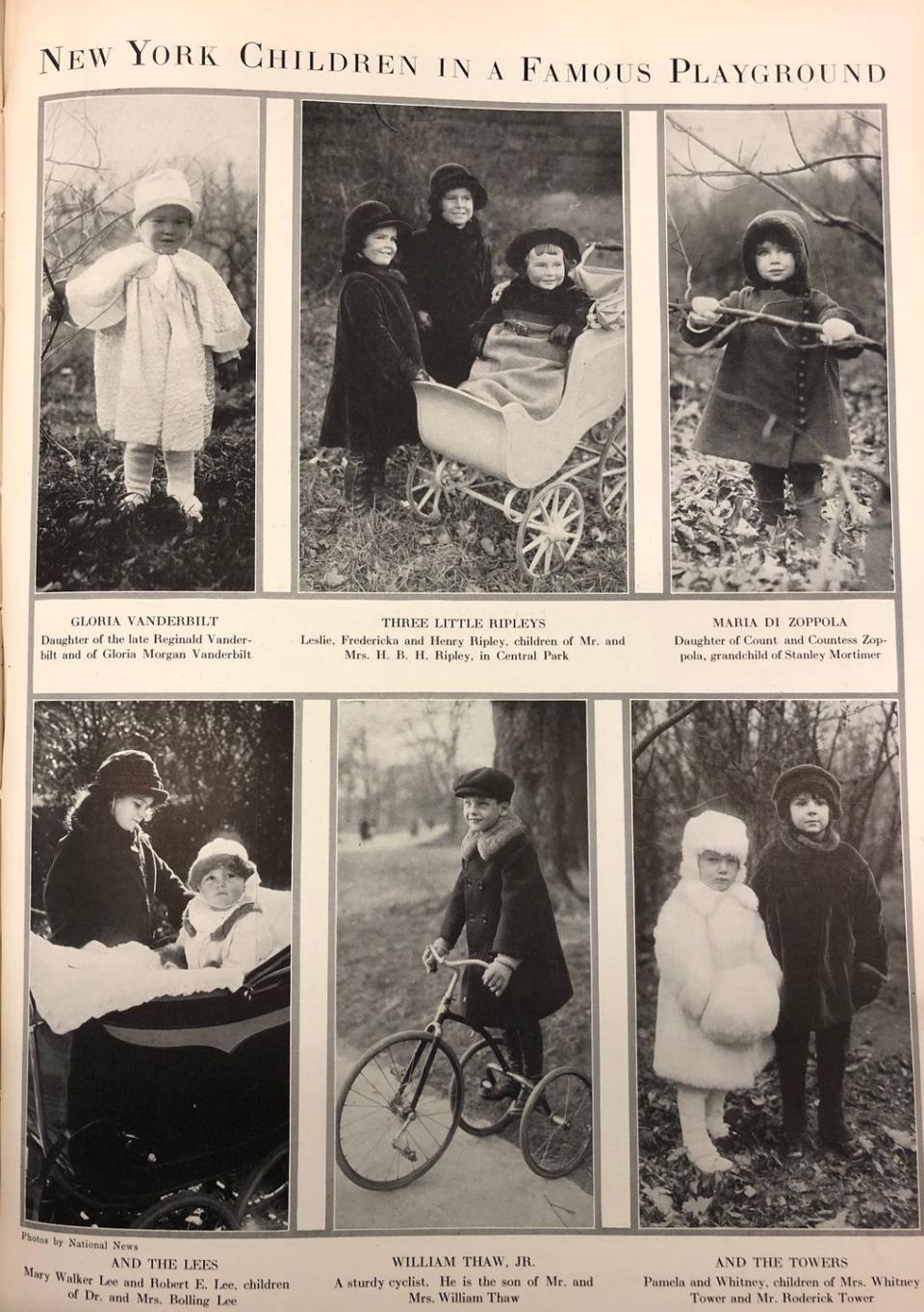
By 1934, the world would come to know Vanderbilt as "the poor little rich girl," as tabloids breathlessly reported on all the scandalous details to emerge from the custody battle between Gloria's mother, Gloria Morgan, and her paternal aunt, Gertrude Vanderbilt Whitney (founder of the Whitney Museum). The 10-year-old Vanderbilt testified against her mother, and the judge granted custody to her aunt.
By the time Vanderbilt reappeared in T&C, in 1957, she was 33, married to her third husband, director Sidney Lumet, and raising her two sons from her previous marriage to conductor Leopold Stokowski. (Before Stokowski, who was 42 years her senior, Vanderbilt had been married to Hollywood agent Pat DiCicco, who had ties to the mob and was abusive.)
She had also embarked an acting career, doing both TV dramas and theater. For T&C that year, she was photographed by Richard Avedon for a portfolio on the world's most beautiful women. Vanderbilt had good company: Marella Agnelli, Dolores Guinness, Gloria Guinness, and Babe Paley also sat for Avedon.
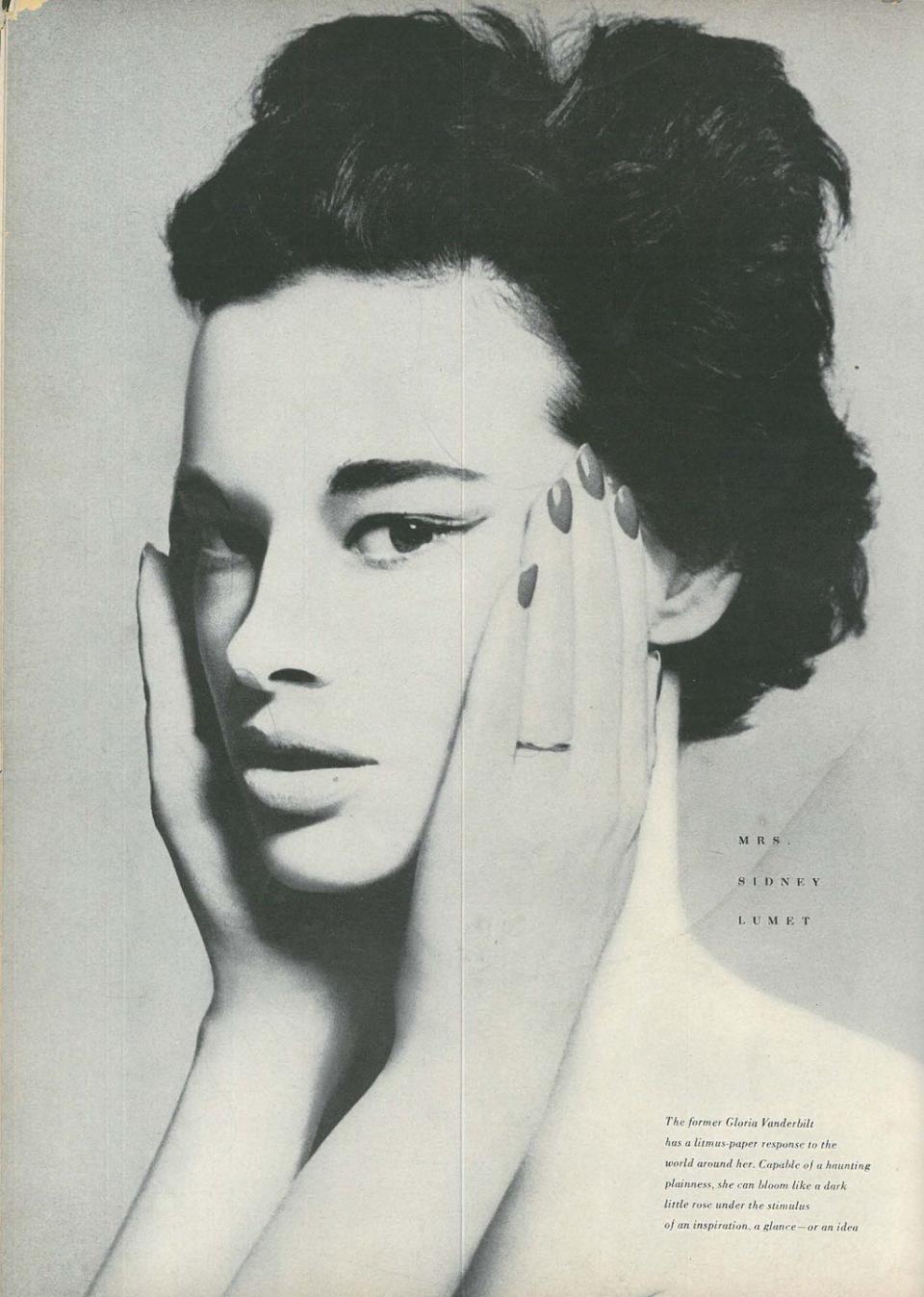
Whatever loneliness and drama may have defined her personal life, the Gloria Vanderbilt who appeared in the pages of T&C was always graceful, beautiful, and glamorous-a paragon of privilege and poise. In 1960, she modeled a fur coat and Van Cleef & Arpels jewels. In 1963, she modeled a Mainbocher evening dress.

In 1969, Vanderbilt and the other women in her family were featured in a story titled, "The Vanderbilt Women-Their Great Fashion Power." We called her "one of the splendid undiluted originals of our time." Three years after that, she shared her diet, exercise, and beauty tips in our September 1972 issue. "I diet all the time with skim milk, eggs, and Tiger's Milk for energy, because I love being under 100 pounds," she said. (Not all advice from heiresses should be followed, it seems.)
Vanderbilt also advocated avoiding the sun to preserve her fair skin (you can go ahead and heed that advice) and went to the Charles of the Ritz salon to color her hair, which always had to be kohl black. Painting was her exercise. "I paint on the floor and all that stretching, bending, and reaching keeps me toned up and it doesn't cost a penny!"
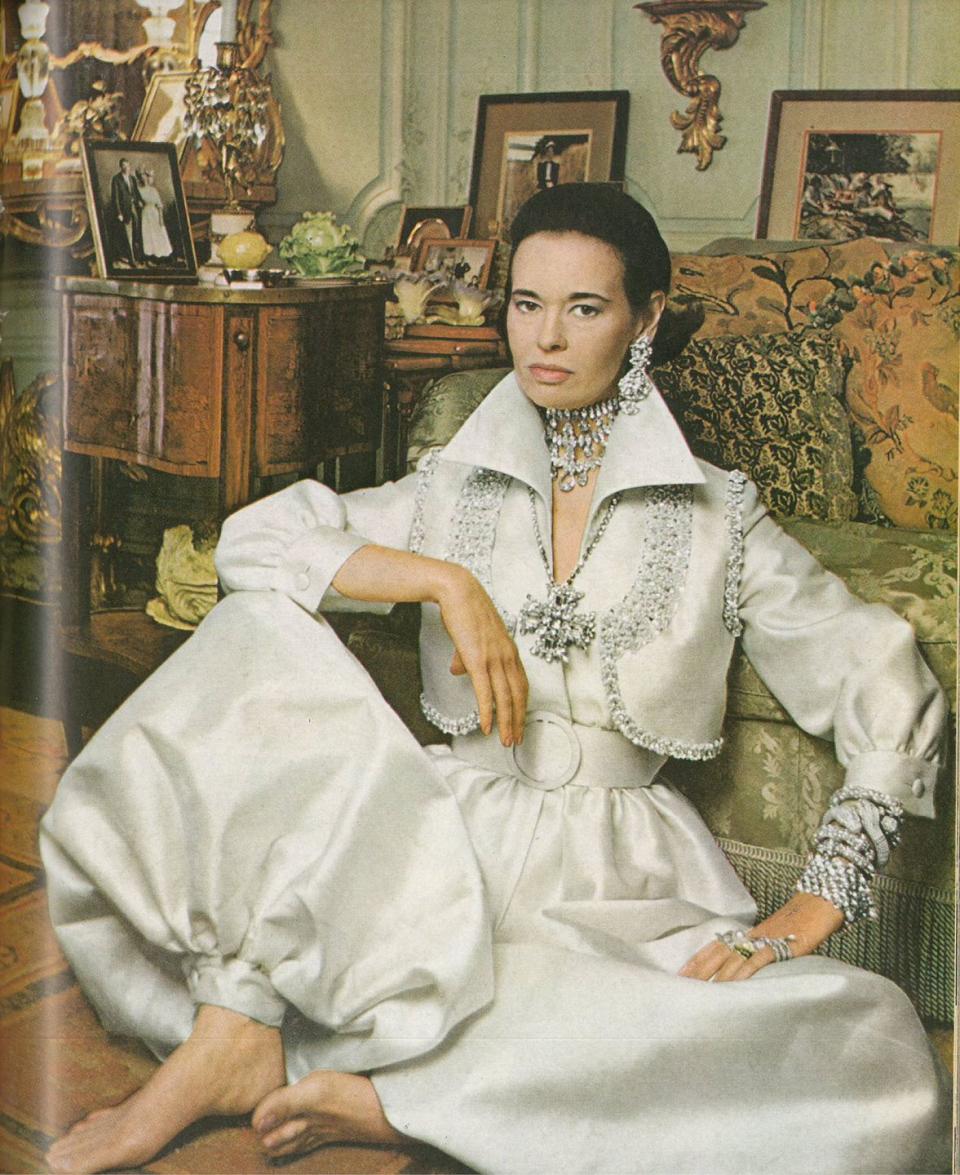

It was also around this time that Vanderbilt started building a multimillion-dollar fashion empire. First, she revolutionized the blue jean business, helping the denim staple reach scores of female audiences by putting her signature on the back pockets and enthusiastically marketing them on TV and around the country. Then she started her own line of blouses and later expanded her brand to include home decor, linens, china, fragrance, and jewelry.
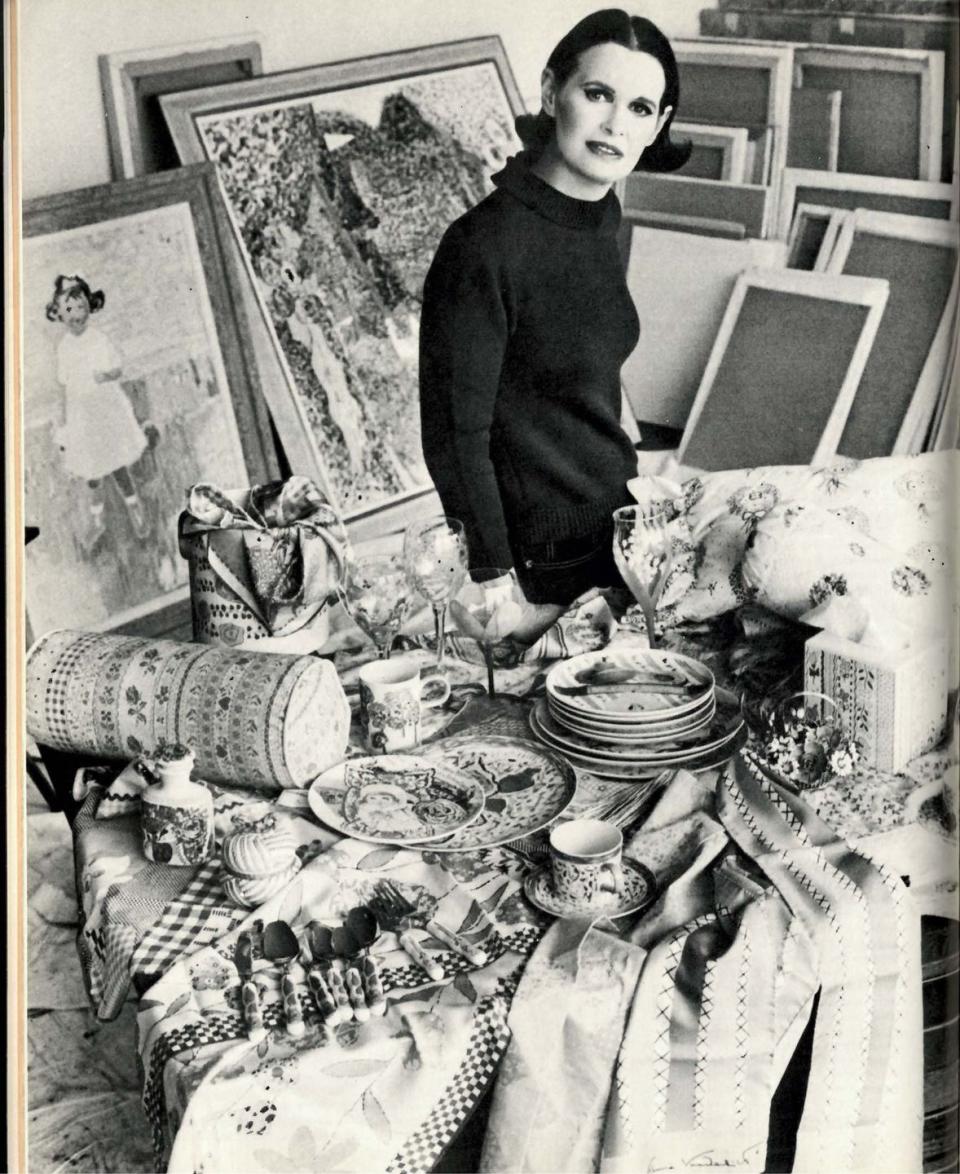
By the late '70s, a more honest side of Vanderbilt emerged, too. For T&C's January 1978 issue, Patricia Bosworth profiled the style star, who opened up about her immensely lonely childhood and the dissolution of her first three marriages. But she also openly talked about her passions, her love of work ("Work means independence. Work gives me an identity. Work is a divine compulsion," she said), and her devotion to her family, which at that time included husband Wyatt Cooper, their sons Anderson and Carter, and Vanderbilt's two older sons with Stokowski, Leopold and Christopher.
It was a happy time for Vanderbilt, a period where she found purpose, a stable family, and, finally, a husband whom she felt loved and respected her completely.
Not long after this interview, though, Wyatt Cooper passed away at age 50 during open-heart surgery. They had been married for 15 years, Vanderbilt's longest marriage. Just ten years later, tragedy struck again. Carter, then just 23-years-old, died by suicide in front of his mother by jumping off the terrace of their 14th floor apartment.
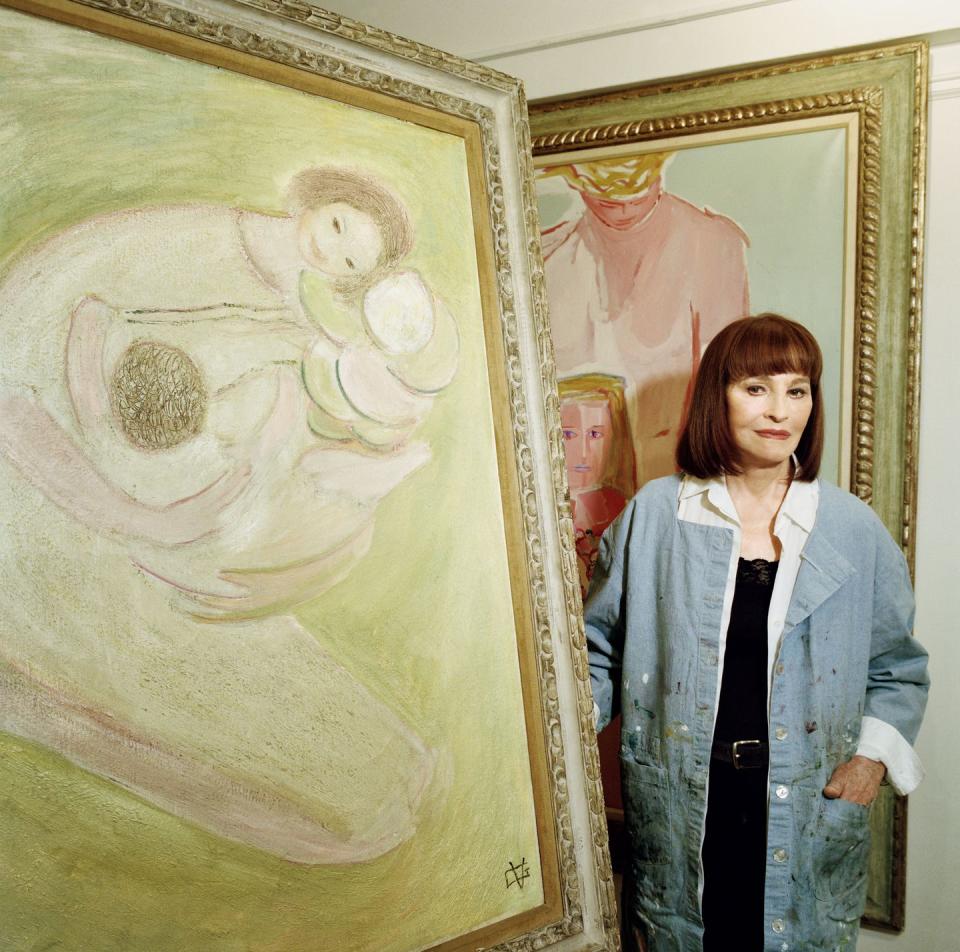
Vanderbilt spent the next few decades earning her reputation as a survivor, continuing to live in New York, travel the world, and work as a painter. When we next caught up with her, for T&C's January 2013 issue, she let us into her private art studio.
At 89, she showed no signs of slowing down and actually seemed to have reached a creative peak. In fact, four years later, in 2017, Vanderbilt delighted the internet by creating her own Instagram account. She made two, actually, one for her personal photos and one for selling her art.
"Well it’s like magic, isn’t it?" she told us at the time. "You just post a picture and write something about it and suddenly people all over the world are able to see it and it touches their lives in one way or the other. It’s extraordinary. Anderson warned me that I could easily get sucked into it, waiting for those delicious 'likes' to appear! Boy, was he right."
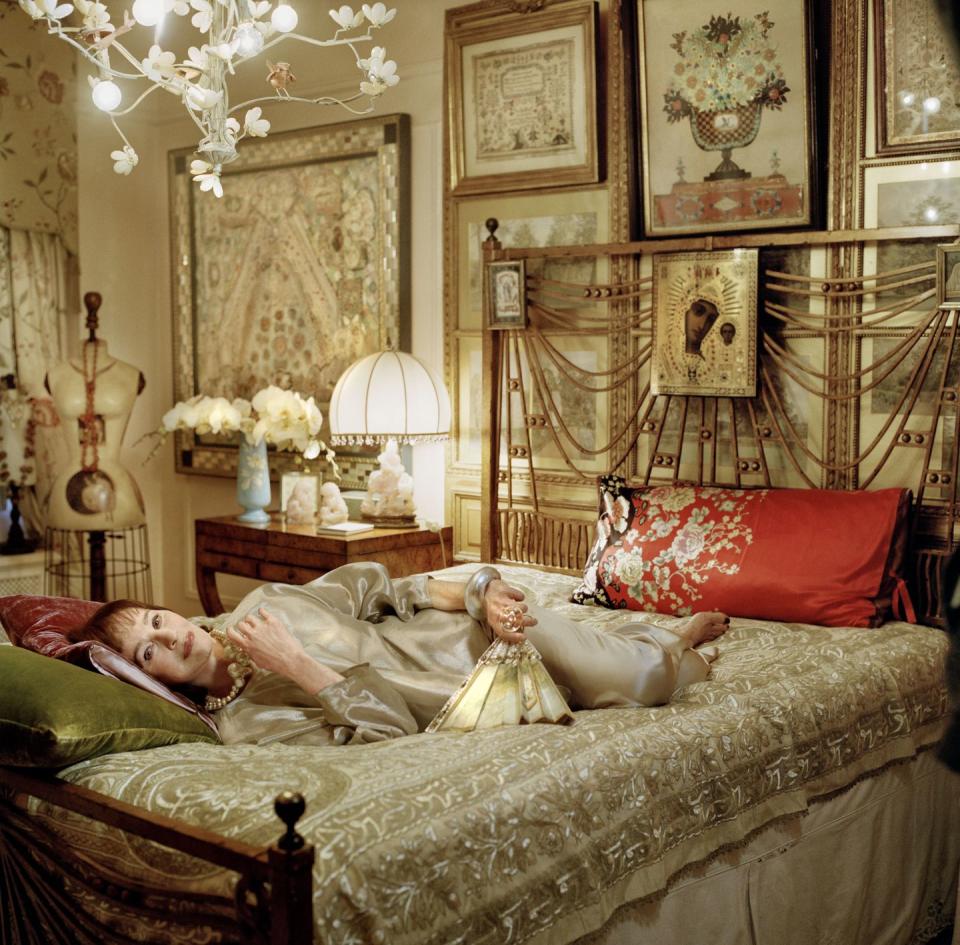
('You Might Also Like',)

